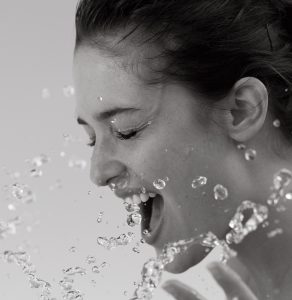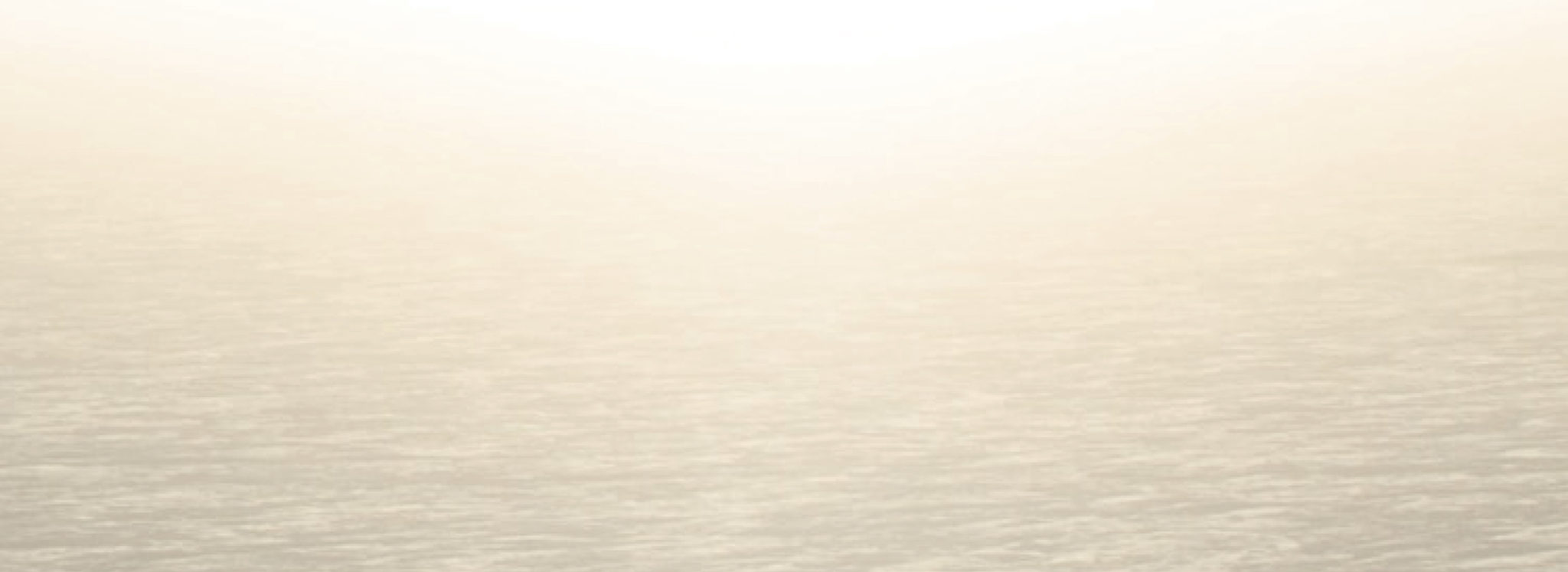Aging youthfully and more if possible
The most recent scientific discoveries and latest developments in digital technologies open up staggering prospects in the realm of health and longevity. Eternal life… an ancient fantasy which leaves nobody indifferent. The idea that aging could be a reversible phenomenon and that as of today one can stack the odds on one’s side to remain “young” and fit for a very longtime is indeed a source of wonderment …
TIME LAG
In the West, life expectancy is reaching new peaks, easily topping the age of 80. There are an increasing number of centenarians but the real challenge of our time is to live as long as possible, in full possession of one’s physical and intellectual capacities. In a nutshell, “aging youthfully”. Medical advances and lifestyle changes have created a veritable disconnect between chronological age and biological age. Psychiatrist and geriatrician, Olivier de Ladoucette considers that “from a biological perspective, we are on average 15 years younger than our parents at the same age.”
REMAINING YOUNG INDEFINITELY...
Ever since Buffon in the 18th century and up to the end of the last century, we thought that every species had a genetically defined life expectancy and that the process of wear and tear on the organism was inevitable. Today we know that human beings can physiologically live up to around 120 years old and that lifestyle has a decisive impact on the duration and quality of the life of every individual: air and water quality, physical activity, food, stress management, sleep, intellectual stimulation, social relationships…The good news is that we can take steps to take our life in hand, by deciding to nurture our youthfulness. Professor Jacques Proust (founder and director of the Center for the Prevention of Aging at the Clinique de Genolier in Switzerland), French cardiologist and nutritionist Frédéric Saldmann (Georges Pompidou Hospital in Paris), and all the greatest specialists are in agreement when it comes to recommending a few very simple tips to optimize one’s lifespan: getting sufficient sleep, eating less, exercising for at least 30 minutes a day, stimulating the brain, maintaining social relationships, not smoking… Merely common sense and above all results proven by every piece of research undertaken. Why, how? Thanks to telomeres …
THE TELOMERE GENETIC REVOLUTION
A more than promising avenue in the battle against aging, telomeres have not yet divulged all their secrets. To make it simple, telomeres are a kind of ‘buffer’ at the ends of our chromosomes. They underpin the stability of the genome as our cells reproduce throughout our lives, and avoid duplication errors when a cell divides. At each division however, they shorten a little and when they finally disappear the cell dies. For a long time, scientists have thought that this process was irreversible and that every individual had a personal capacity of longevity linked to the length of his or her telomeres. But the Australian-born American molecular biologist Elizabeth Blackburn demonstrated that the size of telomeres evolved according to events during a lifetime: lengthening in the case of beneficial circumstances (physical exercise, quality sleep, psychological well-being…) and shortening in the event of negative events (stress, depression, grief, overweight, a sedentary lifestyle...). Her work was rewarded with a Nobel Prize for Medicine in 2009 and paved the way for current views on aging. Lifestyle change, personalized care according to our genetic heritage… Today, certain specialized laboratories are able to measure the length of an individual’s telomeres in order to evaluate their biological age thanks to a very precise marker. But at the end of the day, this information is irrelevant because it is only a screenshot at a precise moment. The idea is instead to take care of our telomeres in everyday life…
GROW YOUR TELOMERES!
Scientists call this “biological resistance”. In this respect, an American study proved that telomeres in a test group lengthened in just a few months compared with those in the sample group, thanks to a modification of living conditions. The genetic factor is therefore not responsible for everything – far from it! Viewed from this perspective, aging prevention becomes a major challenge with a very clear aim: to prevent or delay the appearance of age-related diseases in order to live a healthy life for longer. And all this with simple, cost-free means that are scientifically proven. Elizabeth Blackburn believes that basically science is perhaps telling us something that we have known instinctively for a long time: in order to remain in good health, you need to love life. Professor Jacques Proust defends this belief when he says that optimism and the ability to have plans and projects at any age is in itself a preventive factor in age prevention.
INDEFINITE LIFESPAN
Towards infinity and beyond… Conquering death, no less! Such is the mission that Calico – Google’s new subsidiary devoted to health and created in September 2013 – has set itself. Take biology, IT, robotics and cognitive sciences, mix them all together and you get artificial intelligence: the Holy Grail of the 21st century, according to Google gurus. Determined to become one of the world leaders, Larry Page and Sergueï Brin firmly believe in the NBIC industry, a multidisciplinary field involving Nanotechnologies, Biotechnologies, Information technology and Cognitive sciences. At a time when big data medical research and genetics are exploding and medicine is becoming an IT science, currently only they are in possession of the computing power and algorithms required to process it. Not to mention the financial resources…
THE HUMAN 2.0
Google has already recruited the best aging specialists in the world, experts from the pharmaceutical industry, as well as buying the most state-of-the-art robotics start-ups in order to achieve its truly mind-boggling objectives: giving artificial intelligence the same power as human intelligence from 2029 onwards; extending life expectancy by 20 years by 2032; fusing the human brain and artificial intelligence by around 2045. To serve as its director of engineering, Google has specifically recruited Raymond Kurzweil, a major reference in the realm of artificial intelligence since the 1950s, who confirms that the connection between artificial and human intelligence should multiply our abilities exponentially and above all enable us to live much longer by transferring biological and artificial memory into different virtual bodies. Sounds crazy? Not according to Laurent Alexandre, a French surgeon and President of DNAVision, a company specialized in genome sequencing. In his view, the perspective of an improved human appears possible from a technical standpoint but this ambition raises the question of whether we are ready to accept a modification of our biological and genetic identity so as to live longer.
 PREVENTION IS BETTER THAN CURE
PREVENTION IS BETTER THAN CURE
While some people are convinced that the battle between the neuron and the microprocessor has already begun, everyone agrees that the best approach lies in anticipation: work with the healthy organism before different pathologies set in, increase life expectancy for people who are not (yet) sick. And it is certainly true that the analysis of genetic and medical data remains a valuable resource. This is why the “quantified self” – the gathering of personal health data (calories, sleep, physical activity, tension, teeth brushing, etc.) – which is the key to the success of smart or connected objects, has a bright future ahead of it. While these are indeed basically gadgets, they are also the 101 of the preventive medicine of the future.
Why sport is rejuvenating…
Scientists have demonstrated that sports involvement reduces the incidence of Alzheimer’s disease. Research is currently focusing on a protein secreted during effort – Irisin – which acts as a kind of neuro-protector. As far as sport is concerned, we are not talking about anything inaccessible: 30 minutes of intense daily exercise will do the trick.
Why routine is deadly…
The brain only wears out when it isn’t used! When called into action, it produces substances that stimulate our neurons (dopamine, serotonin, noradrenalin…).It therefore needs to be made to work by offering it new activities, taking risks, getting involved in projects and avoiding habits, routine or too much security which are devastating to cerebral health. Something worth considering when the time comes to retire…
By Anne-Marie Clerc

Related articles
Raphaël Enthoven
– Interview – Raphaël Enthoven a philosophical stroll around the theme of wonderment Accurate wording, fast-paced delivery, thought patterns that are both deep and airy: Raphaël Enthoven cultivates a close relationship with wonderment. He agreed to discuss his enthusiasm regarding this “fundamental” philosophical subject with us in a captivating and astonishing interview. Professor of philosophy […]
Good-looking “oldies”, a new trend
Good-looking “oldies”, a new trend An established reference figure in the realm of aesthetic surgery, this practitioner is seeing a change in his patients’ relationship to age. Remaining young at any cost appears outdated. Intent on appearing natural, patients want to intervene in a controlled, discreet fashion, without ever transforming themselves. ©FotoliaSENIOR POWERThe truth always catches […]
Olivier Kuntzel & Florence Deygas
Olivier Kuntzel & Florence DeygasStrokes of genius There are two of them… and each is unique. Their brushes give birth to whole worlds of inventiveness and utter poetry. From the title sequence of Steven Spielberg’s Catch Me If You Can movie to the Parisienne in Guerlain’s “Little Black Dress” campaign and on to the “MiCha” […]
Jacques Rougerie, the architect of the sea
Jacques Rougerie, the architect of the sea A passionate realist, a pragmatic dreamer, a visionary turned project manager, Jacques Rougerie has travelled the world, met the peoples of the water, spent a considerable amount of time on subaquatic expeditions and combined his two passions – architecture and oceanography – by devoting his life to them. […]









